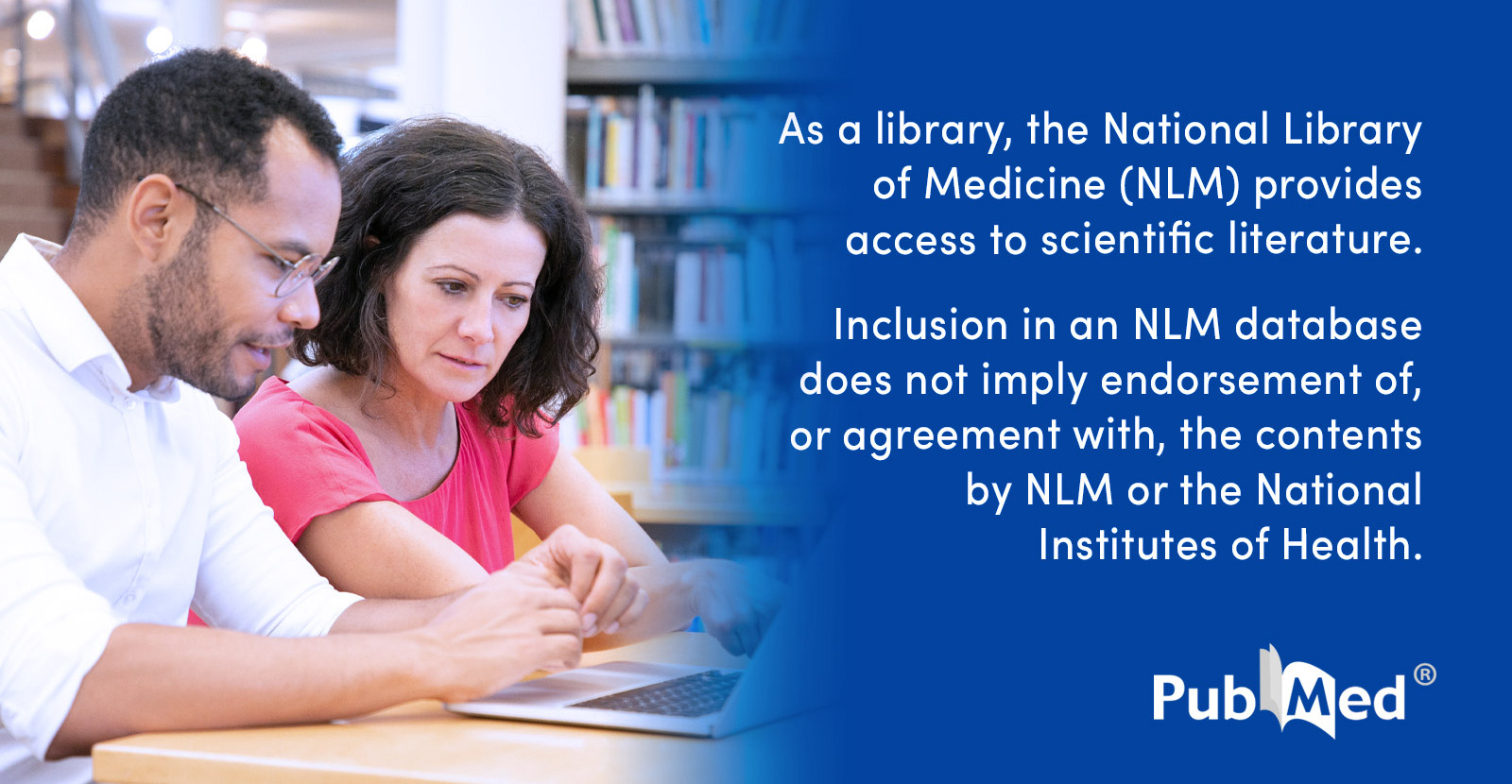EmeraldR
The Living Force
Ive occasionally used stinging nettles topically when Ive had physical pain (sciatica around the hip in my case/as well as muscle aches)
IME its helped in terms of relief and stimulated the nerve/muscle pathways rather like accupuncture can do for moving clearing stuck/stagnant energy.
Ive been reading up on nettles and theres quite alot of interesting research on nettles both in folklore as well as modern science.
Stinging nettles are high in quercetin, and some people with histamine and/or mast cell issues benefit from drinking stinging nettle tea and using nettles as a regular ingredient in their normal cooking.
Extracts of acetone-dried powders prepared from nettle leaves were shown to catalyse the synthesis of acetylcholine. The specific activity of the enzyme in these extracts is of the same order as that of extracts from mammalian sources, such as ox brain, and the effects of temperature and pH are similar to those reported for mammalian choline acetyltransferase. Synthesis is not restricted to the younger leaves but appears to be continuous up to senescence.
Urtica dioica produces its inflammatory effect on skin (a stinging, burning sensation often called "contact urticaria") both by impaling the skin via spicules – causing mechanical irritation – and by biochemical irritants, such as histamine, serotonin, and acetylcholine, among other chemicals.
 pmc.ncbi.nlm.nih.gov
pmc.ncbi.nlm.nih.gov

 pubmed.ncbi.nlm.nih.gov
pubmed.ncbi.nlm.nih.gov
chinese medicine perpective

also urtica as homeopathic remedy
 www.homeopathyschool.com
www.homeopathyschool.com
IME its helped in terms of relief and stimulated the nerve/muscle pathways rather like accupuncture can do for moving clearing stuck/stagnant energy.
Ive been reading up on nettles and theres quite alot of interesting research on nettles both in folklore as well as modern science.
Stinging nettles are high in quercetin, and some people with histamine and/or mast cell issues benefit from drinking stinging nettle tea and using nettles as a regular ingredient in their normal cooking.
Extracts of acetone-dried powders prepared from nettle leaves were shown to catalyse the synthesis of acetylcholine. The specific activity of the enzyme in these extracts is of the same order as that of extracts from mammalian sources, such as ox brain, and the effects of temperature and pH are similar to those reported for mammalian choline acetyltransferase. Synthesis is not restricted to the younger leaves but appears to be continuous up to senescence.
Urtica dioica produces its inflammatory effect on skin (a stinging, burning sensation often called "contact urticaria") both by impaling the skin via spicules – causing mechanical irritation – and by biochemical irritants, such as histamine, serotonin, and acetylcholine, among other chemicals.
Nutritional and pharmacological importance of stinging nettle (Urtica dioica L.): A review - PMC
Stinging nettle (Urtica dioica L.) is a wild herbaceous perennial blooming plant that is commonly known as stinging nettle. It’s a common, multi-purpose crop that’s sometimes overlooked. Europe, Asia, North Africa, and North America are all home to ...

Screening of pharmacological uses of Urtica dioica and others benefits - PubMed
The nettle is actually a plant with many qualities and uses. The interest in it is deserved and it is given by other studies and investigations.
chinese medicine perpective

Xun Ma (Stinging nettle leaves) - TCM Herb
Learn about Xun Ma (Stinging nettle leaves), a traditional Chinese herb with properties: Cold, Bitter, Pungent. Uses, preparation, safety information, and research.
www.meandqi.com
also urtica as homeopathic remedy
Urtica urens
Primarily associated with physical symptoms related to stinging, burning, inflammation and genito-urinary tract issues often accompanied by a red rash.
Last edited:





